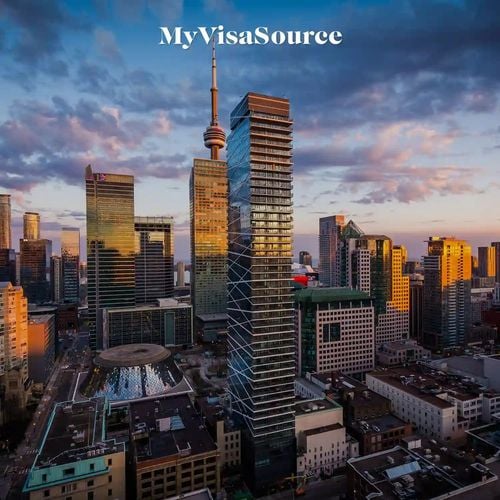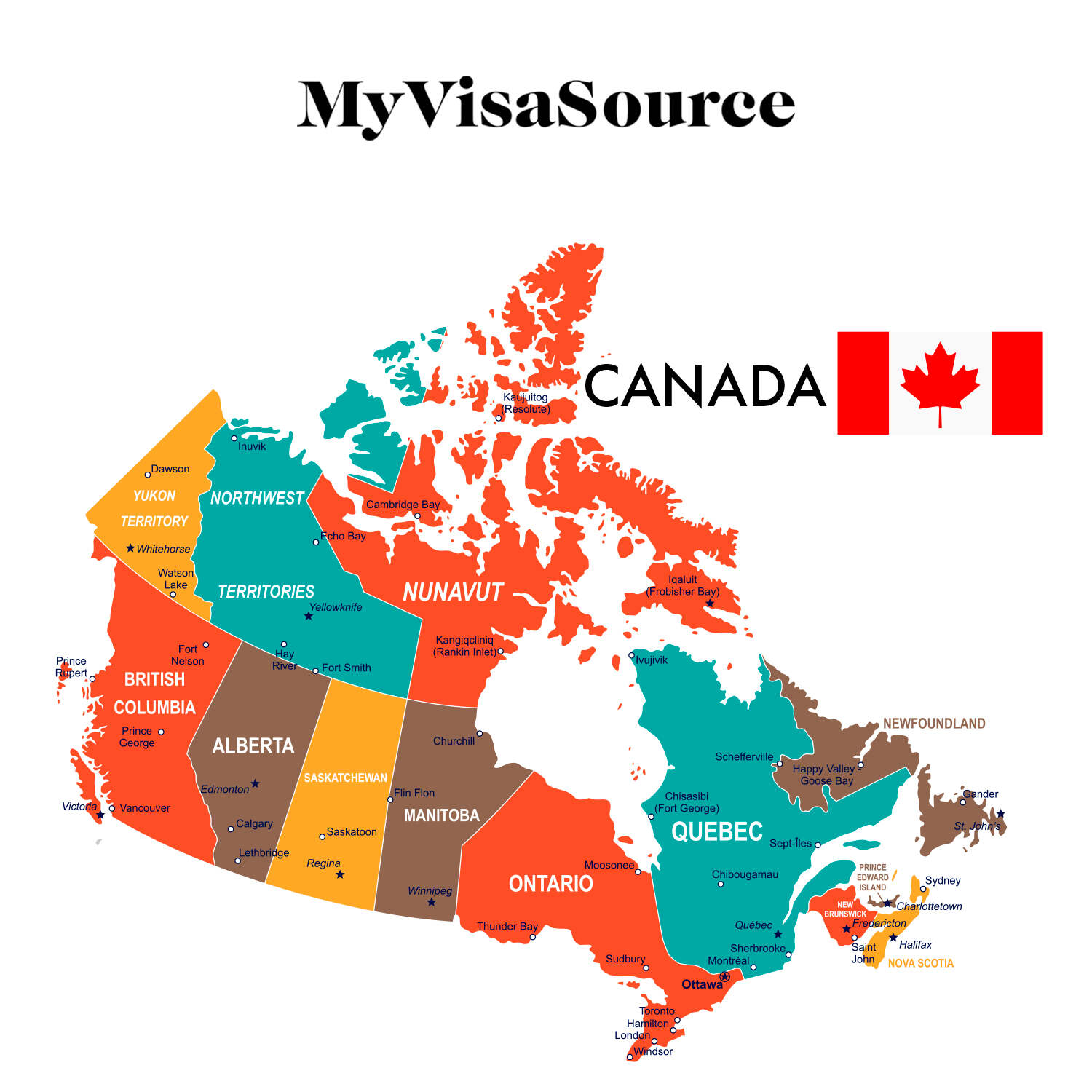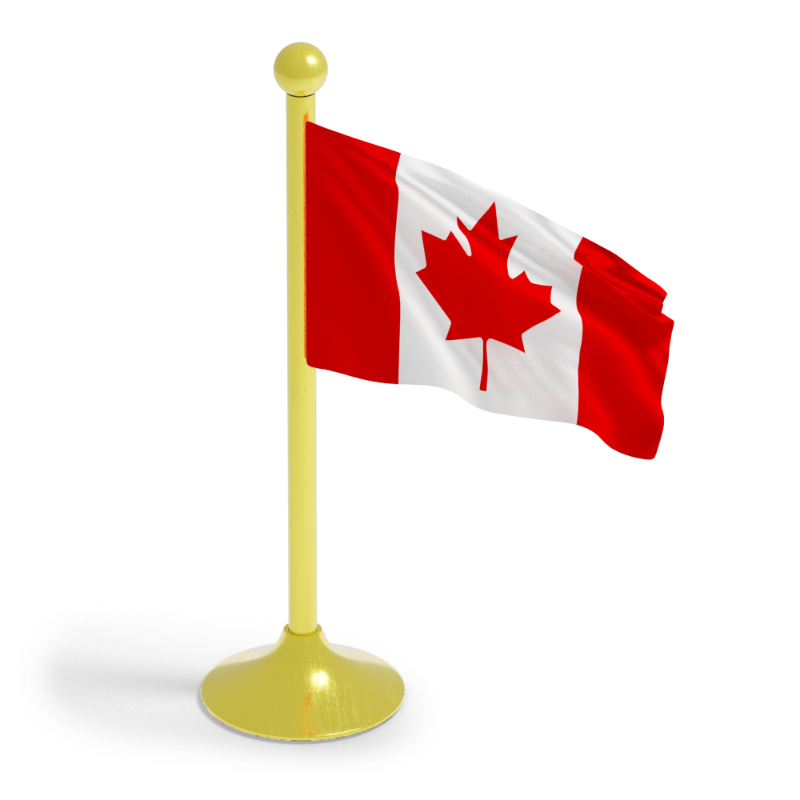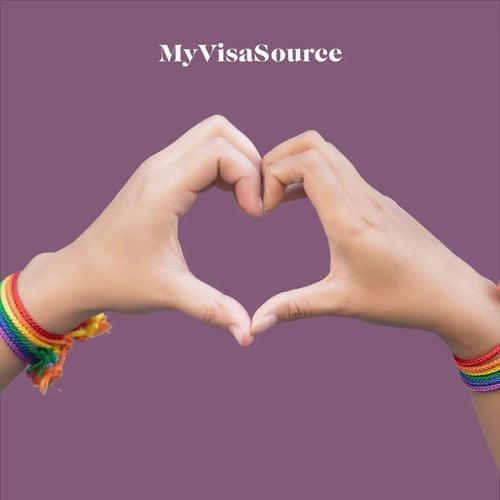2020 saw a drop in Canadian immigration due to the travel restrictions and lockdowns imposed to stop the spread of the Covid-19 pandemic. The reports show that the Canadian immigration levels dropped to the lowest level since 1998.
Canada fell well short of its immigration target to welcome 341,000 new immigrants and only managed to accept 184,000 immigrants in 2020. While the immigration levels were normal till mid-March, travel restrictions and other Covid-19 disruptions caused them to fall in late 2020.
This decline affected all Canadian provinces and territories. However, the settlement patterns were largely unaffected by the pandemic. The share of immigrants might have declined but the pattern of settlement remained the same.
Where Did Immigrants Settle in Canada in 2020?
Ontario: Immigration to Ontario declined by half in 2020 with only 83,000 new immigrants settling down in Ontario. However, Ontario still managed to attract 45% of all the new immigrants coming to Canada.
British Columbia: British Columbia still managed to be the 2nd leading province to welcome newcomers. However, the number of new immigrants fell drastically in 2020 with only 30,000 people or 15% of the total new immigrants coming to Canada.
Quebec: Quebec came 3rd as it welcomed over 25,000 new immigrants. This increased Quebec’s share to 14% compared to only 12% last year. So, 2020 improved Quebec’s immigration levels. This was because Quebec accepted more family and refugee class immigrants in 2020. Since close family members of Canadian citizens were exempt from the travel restrictions, its immigration levels were largely unaffected during the pandemic.
Alberta: Alberta’s share of immigrants fell to 12.4% compared to 13% in 2019.
Manitoba: Manitoba’s share of immigrants fell from 5.5% in 2019 to 4.7% in 2020.
Saskatchewan: Saskatchewan’s immigration level declined from 4.6% in 2019 to 4% in 2020.
Atlantic Provinces: The 4 Atlantic provinces of Nova Scotia, New Brunswick, Prince Edward Island, and Newfoundland and Labrador experienced a decline in their immigration levels from 5.2% in 2019 to 4.7% in 2020.



















